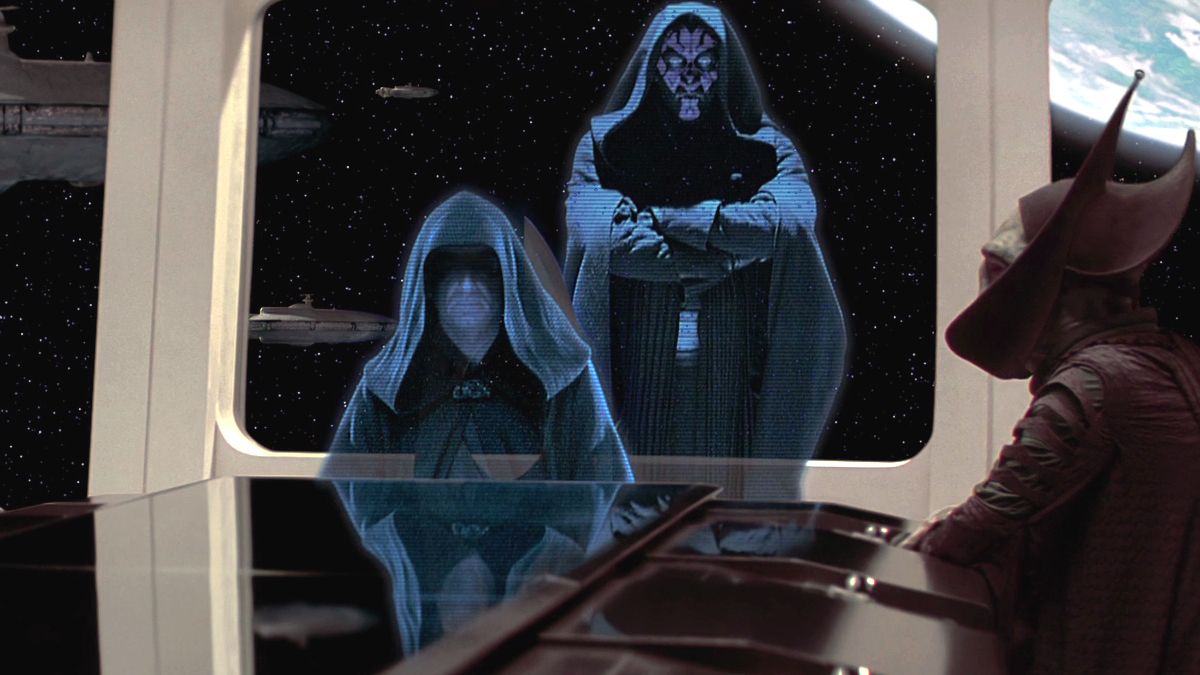At the end of Star Wars: The Rise of Skywalker, when Rey arrives at the planet Exegol and gets ready to face the Emperor, she hears the whispers of his supporters, the Sith Eternal. Their voices in the background are actually an easter egg and a nod to Star Wars: Episode I - The Phantom Menace. In The Phantom Menace, scenes with Darth Maul and Darth Sidious are often accompanied by similar whispers as they advance their shadowy plans to attack Naboo and Queen Amidala.
From Star Wars to The Rise of Skywalker, John Williams’ soundtracks have always been incredibly memorable and exceptionally good at reflecting the spirit of the Star Wars universe and its characters. Throughout all movies, the sounds and music of Star Wars stayed consistently good and this consistency helped connect the entire saga together despite changing directors and new characters. In many ways, John Williams’ music represents the soul of Star Wars, and it’s no wonder The Rise of Skywalker had other easter eggs related to Williams.
In Star Wars, each track of music either represents a character, an important moment, or an organization. For example, there’s a track dedicated to Princess Leia, to Rey, but also a track for the Empire and Rebellion, as well for important battles. The most famous piece of music of the prequels is “Duel of the Fates,” which is the theme for one of the most iconic lightsaber fights of the saga where a young Obi-Wan Kenobi and Qui-Gon Jinn face off against Darth Maul. But in many of Maul’s scenes, he’s accompanied by dark whispers very similar to what Rey would eventually hear in The Rise of Skywalker. In this case, the whispers go hand-in-hand with Williams’ musical theme for the Sith and, specifically, Darth Maul and Darth Sidious.
The whispers Rey hears in the throne room at Exegol might also have an in-universe explanation. The Sith Eternal are cultists who worship the dark side of the Force and worked in the shadows for years to guarantee the return of the Emperor. It’s not far-fetched to speculate they existed back in The Phantom Menace and that they somehow used the dark side to communicate with Palpatine’s agents, or at least, their whispers represented his influence even back then. This would neatly tie together both the music cues for the Sith and the backstory the sequel trilogy offered for Palpatine’s return.
Star Wars: The Rise of Skywalker is full of easter eggs and references to the rest of the saga. Some of them are more obscure than others, but they all help connect the saga together and give a respectful nod to what came before, especially when it’s something as iconic as John Williams’ work. The sounds and music of Star Wars don’t just emotionally resonate with audiences, but they also help connect all movies and unite its characters across decades and planets.


